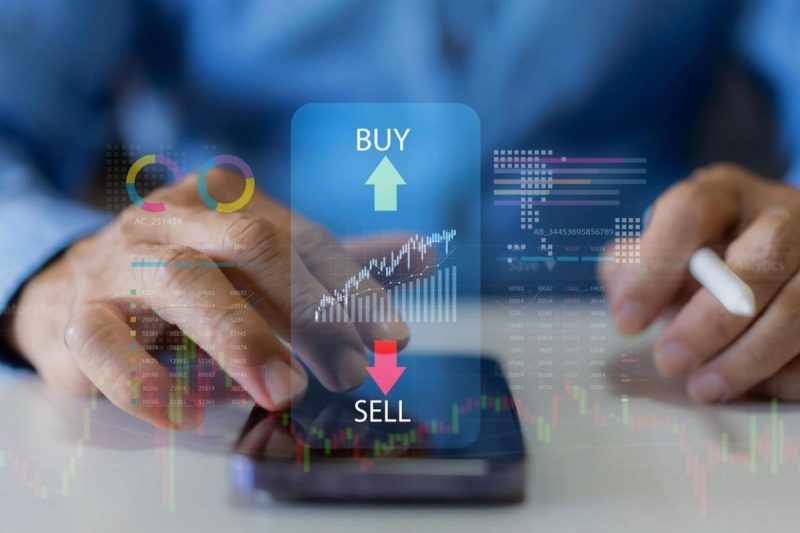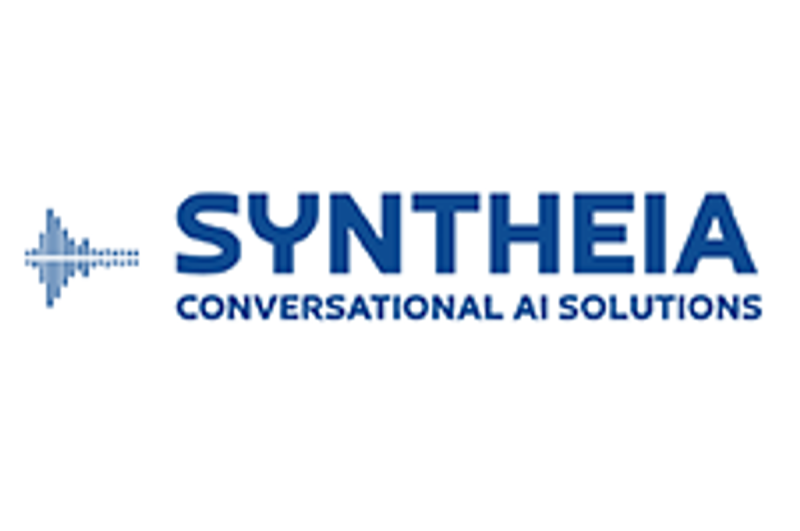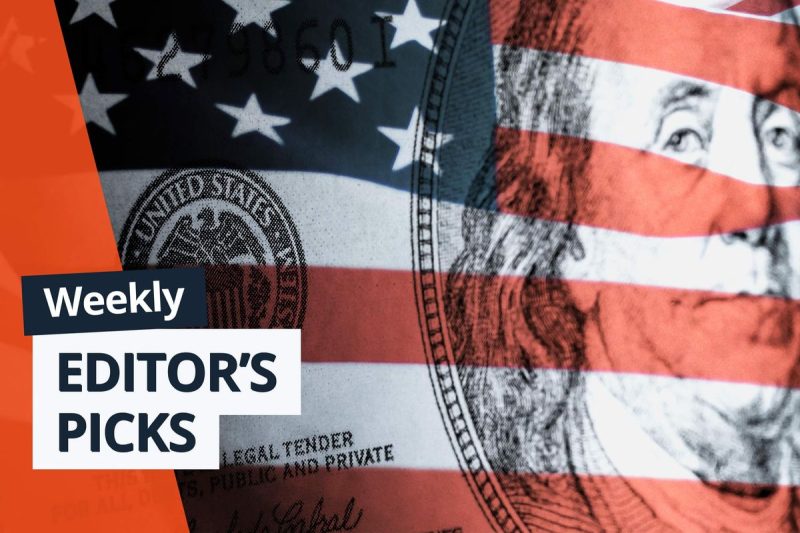Here’s a quick recap of the crypto landscape for Wednesday (November 12) as of 9:00 p.m. UTC.
Get the latest insights on Bitcoin, Ether and altcoins, along with a round-up of key cryptocurrency market news.
Bitcoin and Ether price update
Bitcoin (BTC) was priced at US$101,527, a 1.3 percent decrease in 24 hours. Its highest valuation of the day was US$104,748, while its lowest was US$100,992.
Bitcoin price performance, November 12, 2025.
Chart via TradingView.
Stocks performed well, driven by a precious metals rally as the US House of Representatives passed a bill to end the government shutdown. Cryptocurrencies pulled back from early highs as investors rotated out of risk assets.
Bitcoin remains in a bearish phase, with major liquidations hitting longs just below US$105,000. The critical support level to watch is US$100,000, which has held so far, but faces risk if selling intensifies.
Resistance clustered between US$105,000 and US$108,000 has blocked upward moves. However, a recovery in open interest suggests ongoing trading interest despite pressure.
Market analysts remain wary. Morgan Stanley (NYSE:MS) strategists warn that Bitcoin may be entering the “fall season” of its four year cycle, typically a period to harvest gains before a potential downturn.
The bank’s wealth management team has advised investors to take profits while prices are elevated, noting that stalled liquidity inflows and a drop below the 365 day moving average point to weakening momentum.
Ether (ETH) was priced at US$3,411.73, a 0.8 percent decrease in the last 24 hours. Its highest valuation of the day was US$3,567.23, while its lowest was US$3,374.02.
Altcoin price update
- Solana (SOL) was priced at US$153.70, down by 1.8 percent over the last 24 hours. Its highest valuation of the day was US$160.54 as markets opened, while its lowest was US$151.65.
- XRP was trading for US$2.35, down by 2.3 percent over the last 24 hours. It opened at its highest valuation of the day at US$2.44 before dropping to an intraday low of US$2.32.
Crypto derivatives and market indicators
Open interest for both Bitcoin and Ether rose in the final four hours of the trading day, with Bitcoin seeing a 0.85 percent increase to US$66.29 billion, indicating some renewed participation or position building.
Positive funding rates for both Ether and Bitcoin (0.005 and 0.004, respectively) suggest some bullish bias that could lead to liquidation risk on longs if prices for the cryptocurrencies weaken.
Bitcoin’s relative strength index near 39 signals current technical weakness and potential for short-term oversold bounce. Bitcoin dominance stands at 59.2 percent, and the Fear and Greed Index reads 26.
Today’s crypto news to know
Coinbase to relocate from Delaware to Texas
Coinbase Global (NASDAQ:COIN) announced it is moving its state of incorporation from Delaware to Texas.
The exchange cited “unpredictable outcomes” in the Delaware Chancery Court as a key reason for the shift, noting ongoing litigation related to its 2021 public listing. Texas law allows corporations to limit shareholder lawsuits against executives, offering greater legal predictability.
‘For decades, Delaware was known for predictable court outcomes, respect for the judgment of corporate boards and speedy resolutions,’ Coinbase Chief Legal Officer Paul Grewal wrote in a Wall Street Journal opinion piece. ‘It’s a shame that it has come to this, but Delaware has left us with little choice.’
The company joins other notable departures from Delaware, including SpaceX, Andreessen Horowitz, Dropbox (NASDAQ:DBX) and TripAdvisor (NASDAQ:TRIP).
Visa launches pilot to pay gig workers in stablecoins
Visa (NYSE:V) has introduced a pilot program enabling marketplaces to pay gig workers, freelancers and creators directly in dollar-backed stablecoins like USDC. The program uses Visa Direct to allow near-instant payouts, typically within 30 minutes, enhancing liquidity and accessibility for workers.
Visa has been expanding its crypto capabilities through partnerships with Bridge, Paxos and PayPal Holdings’ (NASDAQ:PYPL) PYUSD, integrating stablecoins into cards and payment rails.
The company faces competition from Mastercard (NYSE:MA), which is also deploying stablecoin solutions in collaboration with Ripple, Kraken and other partners.
JPMorgan launches dollar deposit token
JPMorgan Chase (NYSE:JPM) has rolled out a dollar-denominated deposit token, JPMD, on Coinbase’s Base Ethereum layer-2 network, enabling instant, 24/7 transactions for institutional clients.
Unlike privately issued stablecoins, JPMD represents actual deposits held within the bank, effectively tokenizing commercial bank money for blockchain use. The launch follows months of trials with Mastercard, Coinbase and liquidity provider B2C2, allowing JPMorgan to test settlement efficiency and interoperability.
The bank plans to expand JPMD to retail clients and introduce a euro version, JPME, as well as integrate additional blockchains pending regulatory approval.
Circle Q3 report highlights growth
Circle Internet Group’s (NYSE:CRCL) earnings report for the third quarter shows strong growth, with total revenue and reserve income hitting US$740 million, up 66 percent annually.
Adjusted EBITDA increased 78 percent over the same time period to US$166 million, while net income from continuing operations surged 202 percent to reach US$214 million. What’s more, USDC stablecoin circulation grew 108 percent US$73.7 billion, generating US$711 million in reserve income. The company also raised its 2025 outlook for other revenues and operating expenses, signaling confidence in sustained growth.
Alongside its performance report, Circle said it is considering a token for its ARC layer-1 blockchain testnet, an Ethereum Virtual Machine network, which “could foster network participation to drive adoption, further align the interests of Arc stakeholders and support the long-term growth and success of the Arc network.”
Canary XRP ETF poised for US trading debut
Canary Funds filed a Form 8-A with the US Securities and Exchange Commission (SEC) on Tuesday (November 11) for its Canary XRP exchange-traded fund (ETF), meaning it will likely become the first pure spot XRP ETF to list in the US.
The company’s SEC filing follows the Depository Trust & Clearing Corporation’s recent update listing several spot XRP ETFs, including the offering from Canary Capital.
Bloomberg ETF analyst Eric Blachunas posted the Nasdaq’s office listing notice for the ETF on X on Wednesday afternoon. It is slated to begin trading on Thursday (November 13) under the ticker symbol XRPC.
Securities Disclosure: I, Giann Liguid, hold no direct investment interest in any company mentioned in this article.
Securities Disclosure: I, Meagen Seatter, hold no direct investment interest in any company mentioned in this article.










